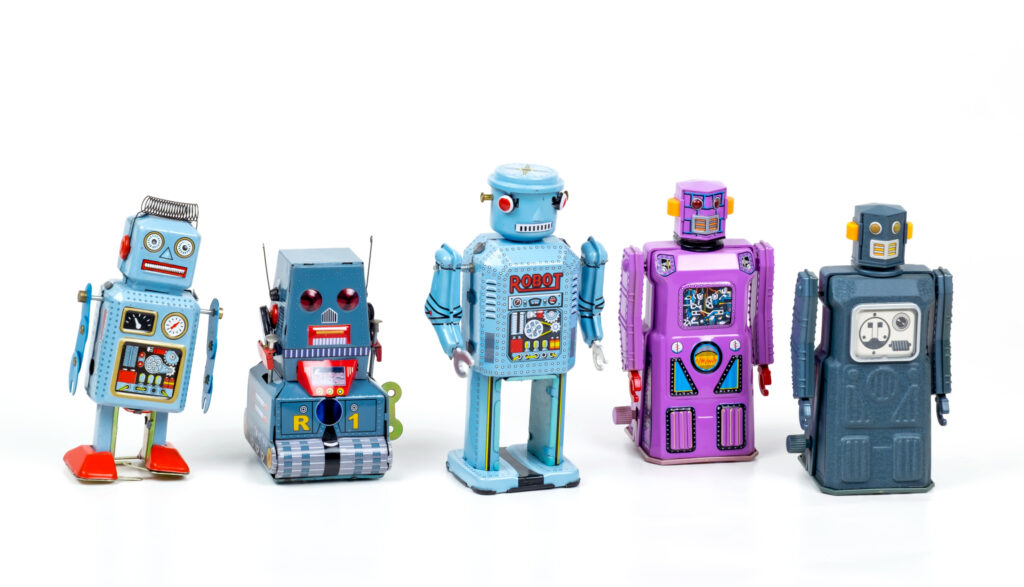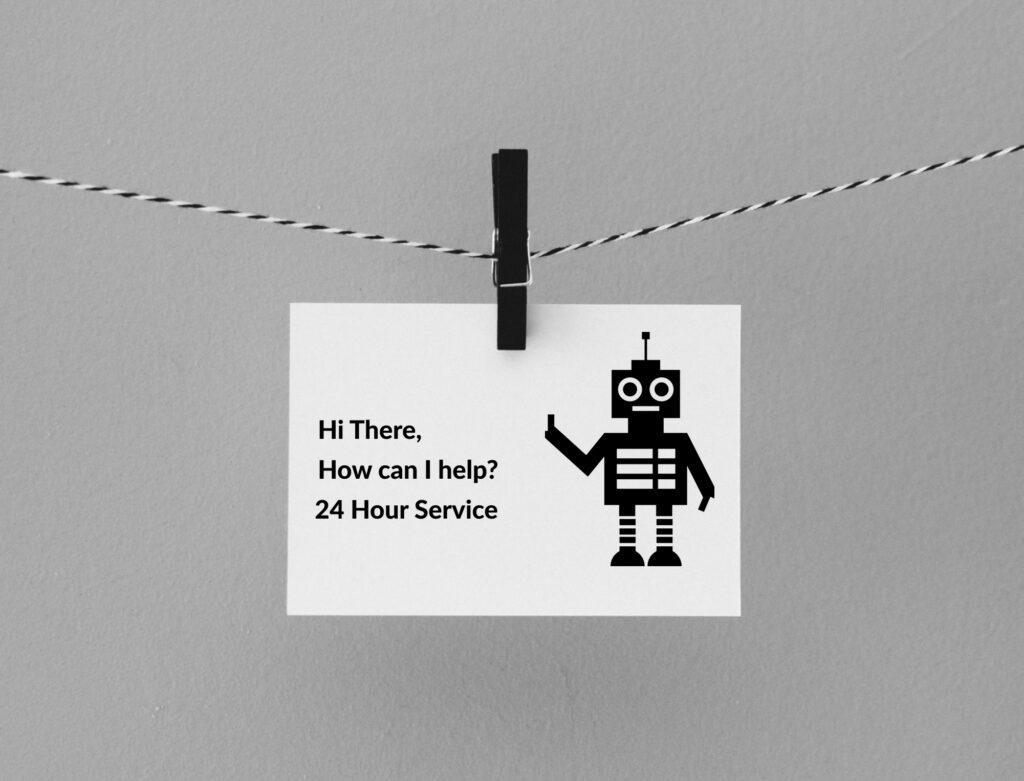What chatbots are & what they’re used for
Get the answer to the question "What are chatbots? What are they used for? And is it worth doing? Read on >>

Most businesses are responding to chatbots with cautious optimism and slow adoption. The reason for this may be that this relatively new tool in marketing is still an “unknown” for most small to mid-sized businesses. For your benefit, this article will try to answer the “What are chatbots? What are they used for? And is it worth doing?”.
Businesses are wary of chatbots for a variety of reasons beyond cost. Some think of it as an overly technical feature they don’t have the know-how to operate, or they believe it might interfere with the relationship they have with their customer. Of course, the reality of chatbots varies from system to system and company to company.
I am here to tell you that, for the most part, a virtual chatbot is an easily implemented solution to overwhelming customer service needs. They can help you satisfy more of your customers AND free you up to work more closely with the most important requests.

What are Chatbots?
Chatbots are computer programs that mimic human interaction. The most popular use case now is for automating customer service, in the form of man-to-machine chat interfaces. They’re designed to answer simple questions, give product information, and record feedback, satisfying the majority of customer demands. As a result, they are not a wholesale replacement for a customer service team; they are tools to be used by and in conjunction with qualified and dedicated employees.
What are chatbots used for?
Chatbots are used to automate simple and repetitive communication between clients and that businesses. Such things as, common support questions, replacing chat flows with form submissions, and qualifying prospects for sales. This allows businesses to reduce costs and improve productivity by reducing workloads for their Support, Sales, and Marketing teams.
Now that we know what chatbots do, let’s get into details about what your business can specifically use chatbots for.
1. Streamlining Customer Service
Some aspect of your business is likely dedicated to customer service, and, if you’re just starting, you may be relying on external agencies and call centers to help manage your customer queries. Even if you do have in-house staff, your team will likely be limited and may already be stretched between various other responsibilities. This means that customer service, the backbone of any successful business, is either costing you money or it’s not getting the attention it needs.

In these scenarios, a chatbot is a great option. Having an automated response system to reply to customer queries will reduce the need for external call centers and ease pressure on internal staff, giving you more money and time to grow your customer offering. Of course, a chatbot will not replace a human customer service team — there will always be questions a chatbot can’t answer — but it will give you time to properly address these more difficult queries.
2. Streamlining Sales
More powerful chatbots can even take on sales responsibility and move customers seamlessly from customer service interaction through the purchasing process. Bots can begin by providing instant responses on products, then ask if the customer is interested in purchasing, and continue by creating an account, taking payment details, and finalizing a transaction all within the chat window. This means every chatbot interaction is a potential sale, at no extra cost to your sales department.
Chatbots are especially useful for returning customers or repeat orders, as the system can store data of regular customers and suggest a repeat of their last order with a few clicks. If the customer doesn’t have to go through the whole sales process, again and again, they’ll not only purchase from you more often, they’ll thank you for it.
3. 24-Hour Service
Beyond their ability to help your current customer service and sales efforts, chatbots can also expand your capabilities by operating around the clock. Rather than having to wait until business hours to call an agent, customers can now ask a chatbot for help at night or on weekends, when you’re not likely to be available.
This is particularly useful for companies that operate around the world, as customers in different timezones to your customer service staff otherwise be unable to seek help. In addition, according to studies private messaging and emailing is the most effective way of communicating with potential customers.

4. Personalized service
Data is the greatest ally of automated chatbots, and putting that data to use can give customers a more personalized marketing and customer service experience. A chatbot that has access to user data can be used for targeted marketing that’s just as effective as a human marketer but much faster and more cost-effective.
Say, for example, a user indicates they are interested in a certain product but you’re currently out of stock. A chatbot can instantly suggest other related products, or sign the user up for an alert when the item comes back in stock. All of this without the need for human intervention.”
5. Personal connection
Since Facebook has opened up its Messenger feature to business chatbots, companies have seen a significant increase in engagement, sales, and ROI, just from allowing customers to engage directly with sellers.
If you currently can’t deal directly and individually with each of your customers (and who does?) then a chatbot is the next best thing. It may not be a perfect human connection, but it shows that you’re willing to make the effort to give customers a somewhat personal connection to your brand.
6. Engage on social media
Facebook’s examples also highlight the importance of social media engagement for modern businesses. More and more customers are living the majority of their online lives on social networks; it’s where they engage with their friends and families, find their news and product recommendations, and more importantly for us, where they engage with companies.
Having a chatbot operate on your company’s social media pages will help you field customer queries faster and in greater numbers than if you relied entirely on human staff, freeing up customer service representatives to take calls and respond to email requests.
7. Learn about your customers
Chatbots are a two-way street: they’re not just there to give your customers information about you, they can also give you information about your customers. Customer research is as old as business itself, and for years it’s generally been pursued with surveys and questionnaires sent to customers about their experiences with your company.
With a chatbot, however, you have access to a natural way to engage with your customers and find out who they are and what they think of your products and services.
Customers generate a significant amount of data about themselves even (and perhaps especially) if they don’t even know it. When you’re getting to know a friend, you don’t do it through forms and surveys; that would provide you with an overly formal and much less natural picture of the person you’re talking to. You do it through conversation, through picking up on cues in their language, and that’s what Chatbots are best at.
Takeaways
These are only a few of how chatbots are being used now, and as the technology gets more sophisticated there’s bound to be a whole lot more. Investigate chatbot solutions for your website and you may find they’re a great match for your company’s customer service needs.

